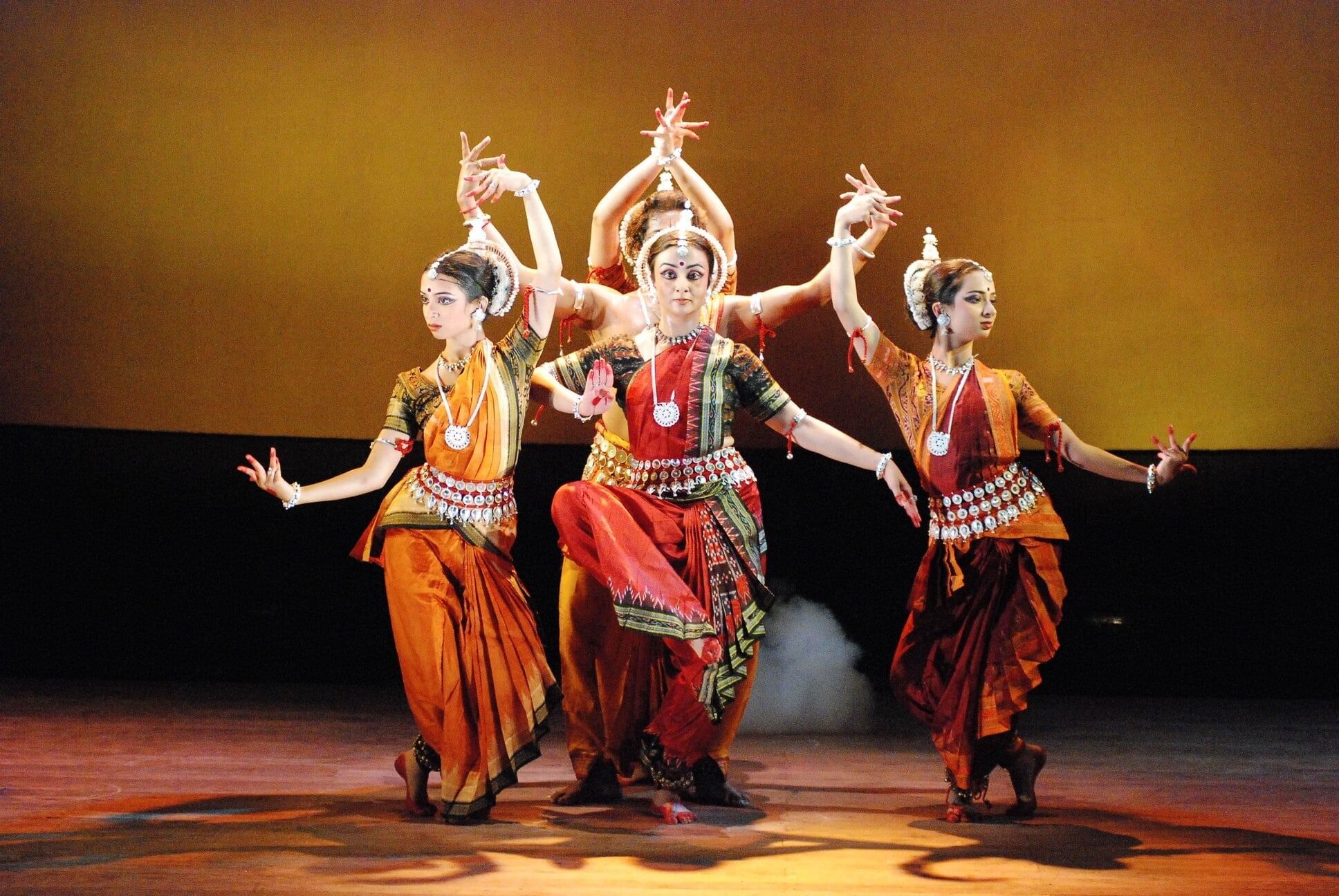Class 5 Exam > Class 5 Notes > Arts (Bansuri) Class 5 - New NCERT > Chapter Notes: My Dance and Your Dance
My Dance and Your Dance Chapter Notes | Arts (Bansuri) Class 5 - New NCERT PDF Download
| Table of contents |

|
| Introduction |

|
| Dance in My Region |

|
| Dances of Neighbouring Regions |

|
| Presenting Dances |

|
| Conclusion |

|
Introduction
 Folk DanceThis chapter helps us to understand and appreciate the folk dances of our own region and also those of neighbouring regions. Every region in India has its own unique dance that is performed during festivals, celebrations, and special occasions. By learning about these dances, we celebrate our culture and also respect the traditions of others. The chapter also shows how costumes, props, and instruments make each dance special and colourful.
Folk DanceThis chapter helps us to understand and appreciate the folk dances of our own region and also those of neighbouring regions. Every region in India has its own unique dance that is performed during festivals, celebrations, and special occasions. By learning about these dances, we celebrate our culture and also respect the traditions of others. The chapter also shows how costumes, props, and instruments make each dance special and colourful.Dance in My Region
- Every region has one or more folk dances that are connected to its culture and tradition.
- These dances are performed during festivals, harvest time, religious occasions, or celebrations.
- Each dance has special features like:
- Name of the dance
- Costume worn during performance
- Props used in the dance
- Occasion when it is performed
- Musical instruments that give rhythm and tune
Question for Chapter Notes: My Dance and Your DanceTry yourself: What do folk dances in a region often celebrate?View Solution
Dances of Neighbouring Regions
- Neighbouring regions also have folk dances that are similar or different from our own.
- By learning about these dances, we understand the diversity of Indian culture.
- Dances can be compared based on:
- Name of the dance
- Costumes worn
- Main instruments used
- Props used during the dance
This comparison helps us see how each region keeps its own identity but also shares similarities with others.
Presenting Dances
- Students can present their own regional dance or a dance from a neighbouring region.
- Performances show the variety of movements, costumes, and music in India.
- Working together in groups helps in teamwork and collaboration.
Conclusion
Folk dances are an important part of our heritage. They show the joy, beliefs, and traditions of the people. By learning both our own dance and the dances of our neighbours, we respect and celebrate unity in diversity. These dances bring happiness, connect communities, and remind us of the beauty of our nation’s culture.
The document My Dance and Your Dance Chapter Notes | Arts (Bansuri) Class 5 - New NCERT is a part of the Class 5 Course Arts (Bansuri) Class 5 - New NCERT.
All you need of Class 5 at this link: Class 5
|
76 docs|19 tests
|
FAQs on My Dance and Your Dance Chapter Notes - Arts (Bansuri) Class 5 - New NCERT
| 1. What is the significance of dance in cultural expression? |  |
Ans.Dance serves as a vital form of cultural expression, allowing communities to share their traditions, stories, and values. It reflects the history and identity of a region, often incorporating local music and customs. Through dance, individuals can connect with their heritage and convey emotions that words may not capture.
| 2. Can you describe some popular dances from neighboring regions? |  |
Ans.Popular dances from neighboring regions often share similarities in style and music but may differ in execution and cultural significance. For example, folk dances like Garba from Gujarat and Gidda from Punjab showcase vibrant costumes and energetic movements. These dances are typically performed during festivals and celebrations, highlighting the unique aspects of each region's culture.
| 3. How are traditional dances presented in various settings? |  |
Ans.Traditional dances are often presented in various settings such as cultural festivals, community gatherings, and educational institutions. Performances may include elaborate costumes, live music, and storytelling elements to enhance the audience's experience. Additionally, workshops and classes are held to teach these dances, helping to preserve cultural heritage and engage younger generations.
| 4. What role does music play in dance performances? |  |
Ans.Music plays a crucial role in dance performances as it sets the rhythm and mood for the dancers. Different styles of music influence the choreography and energy of the dance. For instance, classical dances often use traditional instruments, while contemporary dances may incorporate modern genres. The synergy between music and dance enhances the overall impact of the performance.
| 5. How can one learn about different dance forms from their region? |  |
Ans.One can learn about different dance forms from their region through various resources such as community classes, workshops, and online tutorials. Local cultural organizations and dance schools often offer programs that focus on traditional dances. Additionally, attending cultural festivals and performances provides opportunities to witness these dances firsthand and engage with experienced dancers.
Related Searches















